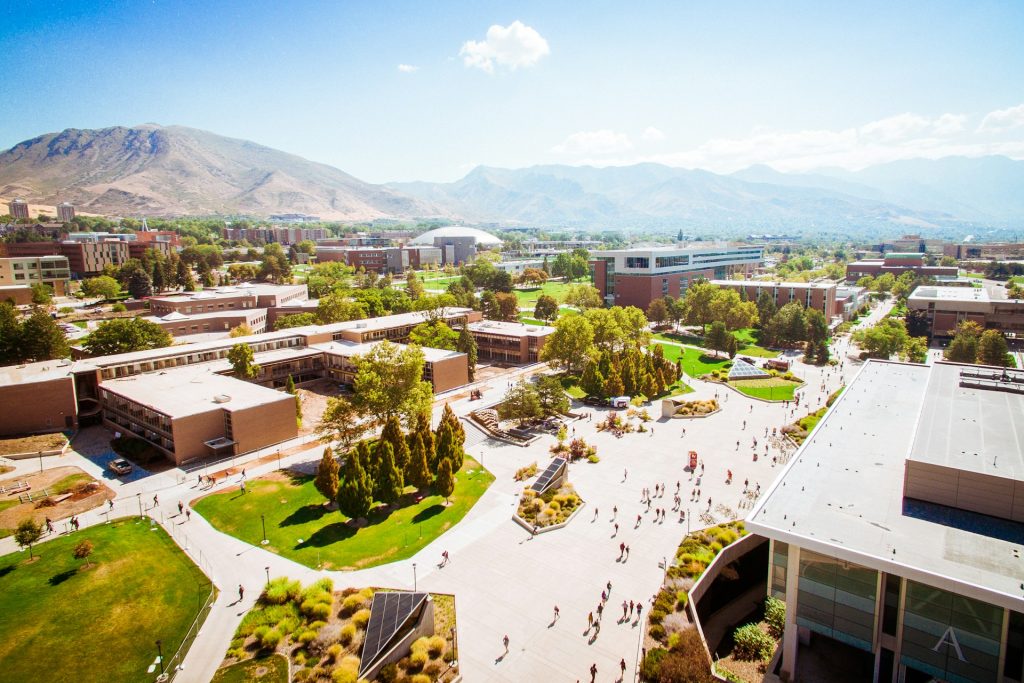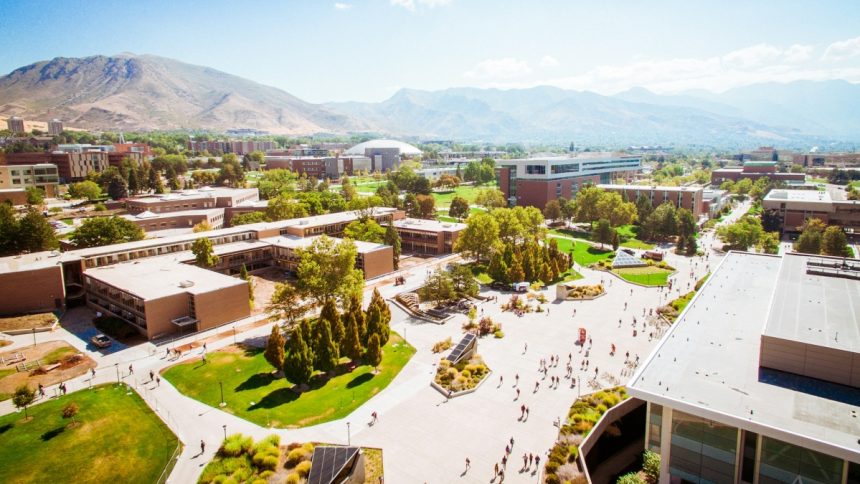Imagine walking onto your campus and having doors automatically unlock as they recognize your face. Sounds a bit like science fiction, right? Well, facial recognition technology is turning this scene into reality at universities around the world. This tech is not only about convenience; it’s being used to boost campus safety.
Campus security is one of the priorities for students when they pick a college where they plan to continue their education. Students often search for “ pay someone to write my college essay ,“ and a skilled writer can help you secure educational funding and gain admission to your dream school that meets all your needs, including safety. The landscape of campus security has changed with the advancement of facial recognition tech. Here’s how.
Facial Recognition in a Nutshell
Facial recognition uses complex algorithms to identify people by their facial characteristics. It starts by capturing an image of your face. Then, it examines key features—like the shape of your cheekbones, the distance between your eyes, and the contours of your lips—to create a digital map that is as unique as a fingerprint. This digital map is then compared against a collection of faces to find a match. It’s quick, it’s efficient, and it’s becoming incredibly sophisticated.
Facial Recognition on College Campuses
Colleges are always on the lookout for cutting-edge solutions to enhance safety, and facial recognition is one of the latest tools they’re adopting. At some campuses, cameras equipped with this technology are installed at entrances, key access points, and even in more sensitive areas like research labs. This isn’t just about monitoring who comes and goes; it’s about ensuring that only authorized personnel can access certain spaces.
Moreover, because these systems can store and analyze vast amounts of data, they can also track patterns over time. For instance, if an unrecognized individual is spotted repeatedly in sensitive areas, the system can alert security personnel to investigate further. It’s a proactive approach to security, leveraging technology to keep an eye on campus safety.
Benefits of Facial Recognition for Campus Security
Here are five clear benefits that facial recognition technology brings to campus security:
- Enhanced Surveillance Capabilities: Monitors and records activity continuously, providing real-time security updates.
- Quick Identification: Speedily identifies and verifies individuals, reducing the need for manual checks.
- Improved Access Control: Automates entry systems, ensuring only authorized access.
- Emergency Management: Quickly locates specific individuals during emergencies, aiding in swift evacuation or direct assistance.
- Reduction in Security Breaches: Minimizes the risk of unauthorized access, helping to prevent potential security threats.
Controversial Aspects and Privacy Concerns
But let’s hit the pause button for a second. Not everyone is throwing a welcome party for facial recognition on campus. Some students and professors worry about how it might impact privacy. Imagine feeling like you’re always being watched, whether you’re rushing to class, chilling on the quad, or just grabbing a coffee. For some, this technology might feel more like a Big Brother scenario than a safety measure.
These concerns aren’t just about discomfort; they’re about fundamental rights. What happens to the data collected? Who sees it? Questions like these make facial recognition a hot topic for debates on campus. After all, maintaining safety is crucial, but so is preserving the freedom and privacy of everyone at the university.

Regulatory and Legal Framework
So, who makes sure that all this tech isn’t going too far? Well, that’s where regulations and legal frameworks come in. In the U.S., there’s a bit of a patchwork when it comes to laws about using facial recognition—some states have strict rules, while others are still figuring it out. Colleges have to navigate these laws carefully to avoid stepping over any legal lines, which can be as tricky as a finals week schedule.
Universities also have to develop clear policies about how they use this technology. These policies need to be transparent, making sure everyone knows what’s going on. It’s about keeping things open and above board so that the tech enhances security without compromising trust.
Future of Facial Recognition on Campus
The picture is still developing. As technology progresses, so will the campus facial recognition practices. Maybe future systems will be even smarter, using tech not just for security but also for things like personalizing your college experience.
However, as these systems get more integrated into daily life, the conversation about privacy and ethics will also grow louder. It’s all about achieving the proper mix of safety and privacy.
Conclusion
Facial recognition on campus is a new buzzword everyone’s talking about: it’s exciting, a bit mysterious, and definitely controversial. As with any new tech, it promises a bunch of benefits, from tightening security to streamlining operations. But it also brings challenges, especially around privacy and legality. Whether you’re all for it or a bit wary, one thing’s for sure: the future of facial recognition at universities will be a major part of the ongoing dialogue about technology and privacy. So, stay informed, stay engaged, and most importantly, make your voice heard in this conversation—it’s your campus, after all!
Lynn Martelli is an editor at Readability. She received her MFA in Creative Writing from Antioch University and has worked as an editor for over 10 years. Lynn has edited a wide variety of books, including fiction, non-fiction, memoirs, and more. In her free time, Lynn enjoys reading, writing, and spending time with her family and friends.















